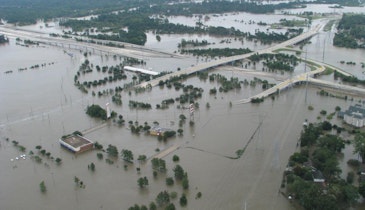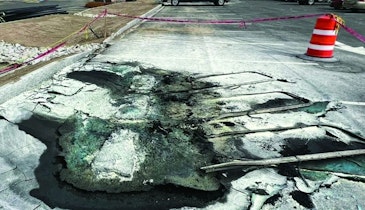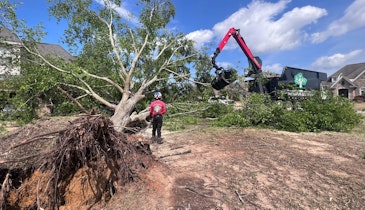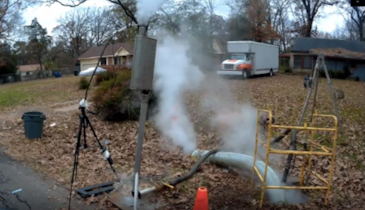Interested in Safety?
Get Safety articles, news and videos right in your inbox! Sign up now.
Safety + Get AlertsDisaster cleanup and recovery contractors see a lot of crazy things in their line of work. Work sites can be disorganized, chaotic and even hazardous. Luke Snyder, vice president of Servpro in Appleton and Green Bay, Wisconsin, has experienced a wide variety of circumstances in his 10 years of disaster recovery work.
“The dangers change, and the needs of your customers change all the time,” he says. Because nothing breaks the same way twice, disaster contractors need to adjust their thinking and their actions to suit the conditions.
“The definition of disaster recovery is the act of analyzing chaos and making habitable order out of it,” Snyder says. “To do that effectively, the people involved need to be highly aware of their surroundings and constantly anticipate problems that will come up.”
Essentially, they need to practice situational awareness in order to keep themselves and their co-workers safe on the job. Situational awareness involves the ability to take notice of the surroundings in order to make the best decisions possible.
“It is processing the environment around you and quickly identifying things that stick out to you as dangers and opportunities,” Snyder says.
For example, a disaster cleanup team may come across a building with a hole in the subfloor. Before working in the area, the team should identify the risks that the hole presents. For instance, technicians might fall into the hole or step through another soft spot in the floor. Erecting barriers or covering the hole will help to mitigate this danger. In another example, technicians remove debris from a job site, revealing hidden hazards that need to be addressed.
“Having situational awareness at the top of your mind will help elevate the things that might be a source of danger to you and your team,” Snyder says.
A team may be working in a factory and need to be mindful of forklift traffic, noisy surroundings or loose materials that might cause someone to slip. Tripping hazards are common, so equipment and electrical cords need to be placed out of pathways and walkways. It all comes back to practicing situational awareness.
“If I wasn’t paying attention, what mistake might I make? And then come up with solutions to try to remove that danger entirely,” Snyder says.
REAL TIME TRAINING
Situational awareness can be a difficult skill to teach because the opportunities and dangers are different all the time. Circumstances change depending on the type, location and extent of the disaster and the response the customer requests.
“Disaster recovery is such a chaotic, changing environment as a matter of course, so it’s hard to say something general that applies to disaster recovery. It’s very dependent on what you’re trying to accomplish,” Snyder says.
For situational awareness training, Servpro relies heavily on job shadowing. In training sessions, trainees observe a disaster scene while shadowing the cleanup and recovery crew. The trainees take note of the opportunities and challenges they see and recount what they’ve observed to trainers. In response, trainers describe what they have seen and heard and cover any details the trainees missed.
“If it’s an important enough detail, it could make or break a project or get somebody hurt,” Snyder says.
When situational awareness starts to become second nature, the trainees are ready to go out on their own. Once the initial training is completed, Servpro continues to promote situational awareness at all levels of the organization.
“We talk about it all the time and constantly remind managers to have it top of mind. If not, people get relaxed and fall into their old ways. That’s when mistakes happen,” Snyder says.
SECOND NATURE
By practicing situational awareness, disaster recovery teams can quickly identify hazards, predict possible dangers related to the environment or human error and put the necessary safeguards in place. As a result, they help prevent injuries on the job site.
“In disaster recovery, it’s the name of the game to be situationally aware,” Snyder says. “It’s one of the things that’s baked into the cake in our industry. You can’t be in the disaster recovery business and be poor at situational awareness. It’s just not the job for you if that’s something you struggle with.”
The benefits of situational awareness extend into daily living and improve to a person’s family life, social life and professional life.
“If you’re good at being situationally aware, it will help you in every aspect of your life,” Snyder says.





